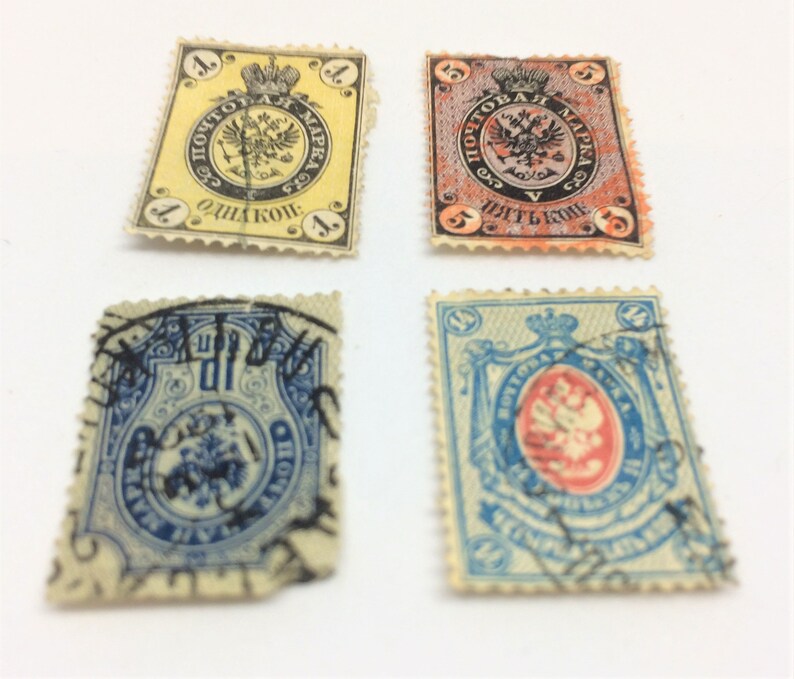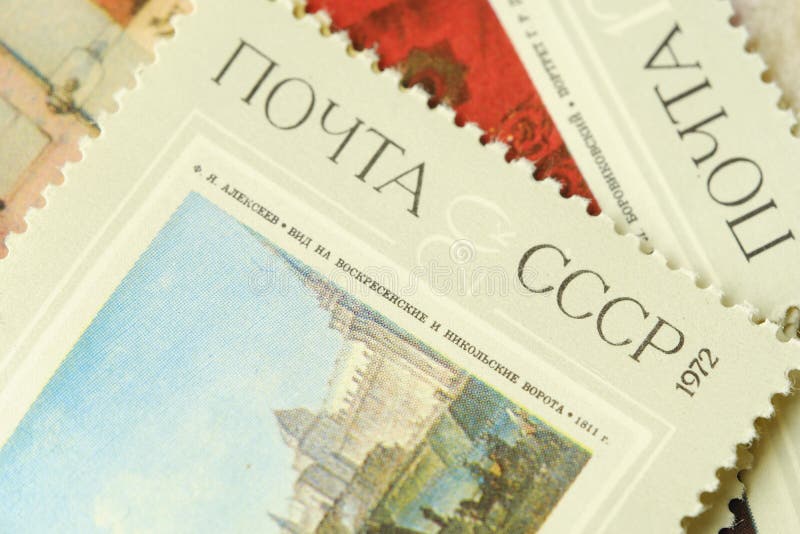

There are only five of these stamps in existence. It is this aesthetic novelty that makes Tiflis Unique so special. If one did not know it were a stamp, one would look at its metal sheet and embossed lettering and assume it was a metal bookplate. Originating from the city of Tiflis (now in Georgia), the Tiflis Stamp, also known as the Tiflis Unique, is one of the oldest surviving stamps of the Russian empire. There are only four 3-cent George Washington with B grill stamps in existence. The grill pattern was not added for aesthetic reasons - the waffle-life pattern was included to catch/avoid fraud. Its back is what is unusual - there’s a B grill pattern on the back which is very similar to the Z grill pattern featured on the Benjamin Franklin stamp. Neither colour nor the inscription makes this stamp remarkable. The 3c George Washington is rose pink in colour and bears the face of, well, George Washington, the first President of the United States. To mark the 95th anniversary of this printing error, in 2014, the US Post Office released several million sheets of Inverted Jenny stamps. on the face of the stamp was accidentally printed upside down. On the face of the stamp, the plane was erroneously printed upside down. The Inverted Jenny is a misprint of a 1918 stamp featuring one of the Jenny biplanes first used by the US Post Office to carry mail. The green ink plate was to be used for the 6 Kreuzer stamp, but the printer misread the 9 for a 6, resulting in a colour error. One of the first stamps issued by the former German state of Baden, the stamp was meant to be green. Think of a printer who misread the 9 for a 6 and created - unwittingly - one of the rarest stamps in the world. In 1993, a cover bearing both the stamps were auctioned for $3.8 million. Printed on September 21, 1847, in two denominations: an orange-red one penny and a deep blue two pence, the penny stamps depict the face of Queen Victoria and were the first British Empire stamps printed outside Great Britain. Housed in the Blue Penny Museum (Caudan Waterfront, Port Louis, Mauritius), the Blue Penny and Red Penny stamps are among the rarest in the world. One of them briefly held the title of the world’s most expensive stamp when it was sold at a 2011 auction for $2.6 million dollars but that title has since been reclaimed by the British Guiana 1c Magenta. Today, only two such stamps are known to exist. Originally meant to be produced in yellow, a blue version of the stamp was released in 1859. Often described as the most expensive Italian stamp, the Sicilian Error of Colour stamp features the side profile of a bearded man. A year later, he sold it for six kroners to a local dealer.Ĭurrently, this stamp is in the collection of Count Gustaf Douglas, a Swedish aristocrat, billionaire businessman, and politician. The story is that school student George Willhelm Baeckman pulled this stamp out of his grandmother’s garbage bin in 1885. Only one specimen of this stamp is known to be in existence. Sweden’s Treskilling Yellow (also called ‘three schilling banco error of colour’) is prized because of a colour error - the stamp was meant to be green but due to a printing error, it came out yellow

Today, the ‘world’s rarest stamp’ is valued at roughly Rs 71 crore. Not many knew of the stamp until a 12-year-old boy discovered it in 1873 and sold it for 6 shillings (roughly $10 now).


The local publishers of Official Gazette printed a stock of one-cent stamps (for newspapers) and four-cent (for letters) octagonal stamps on low-quality magenta paper with a sailing ship and the motto of the colony Damus Petimus que Vicissim (We Give and We Seek in Return) printed in black. The British Colony needed stamps and could not wait for fresh stock to arrive from England. Called the Mona Lisa of philately, the British Guiana 1 cent stamp was printed out of a desperate need.


 0 kommentar(er)
0 kommentar(er)
